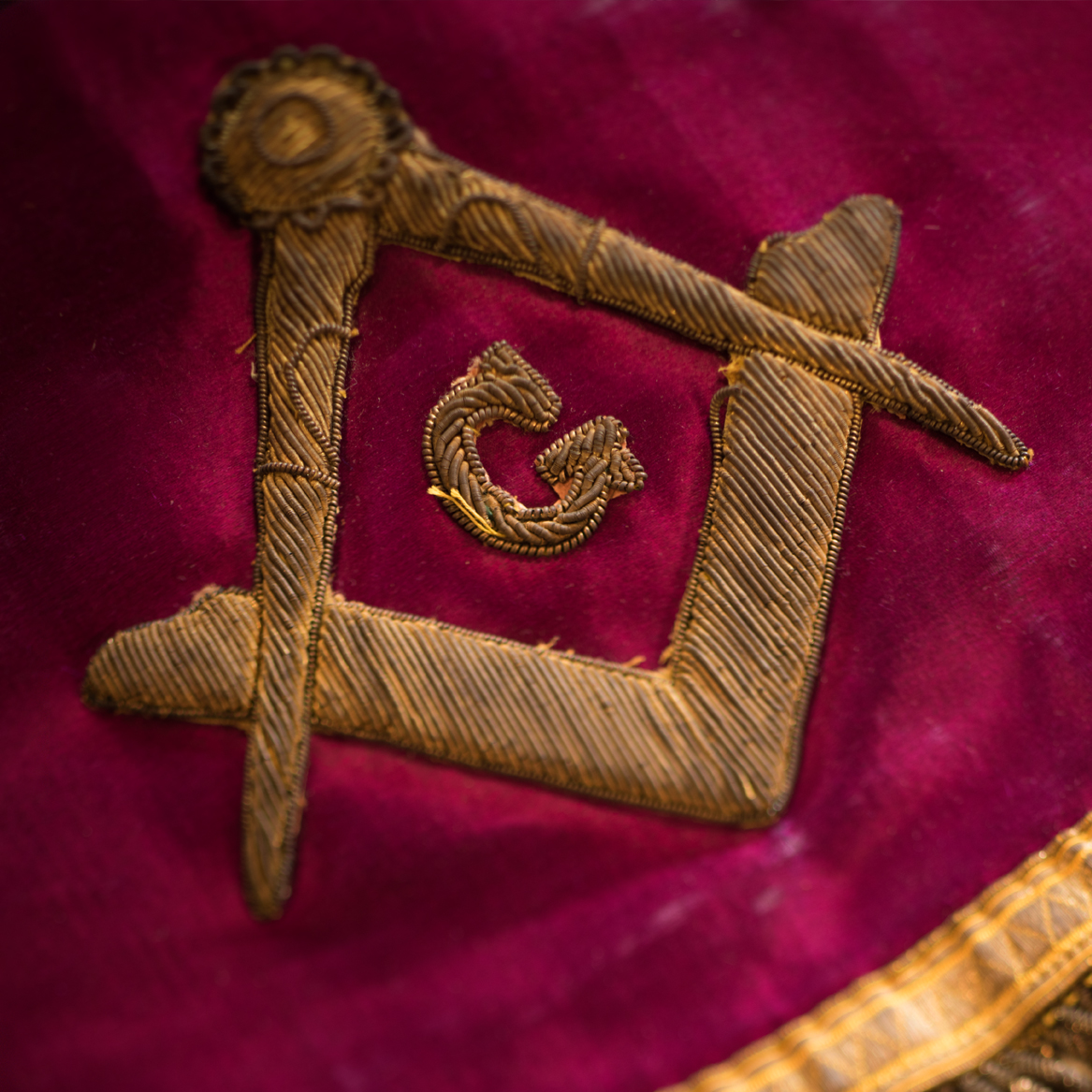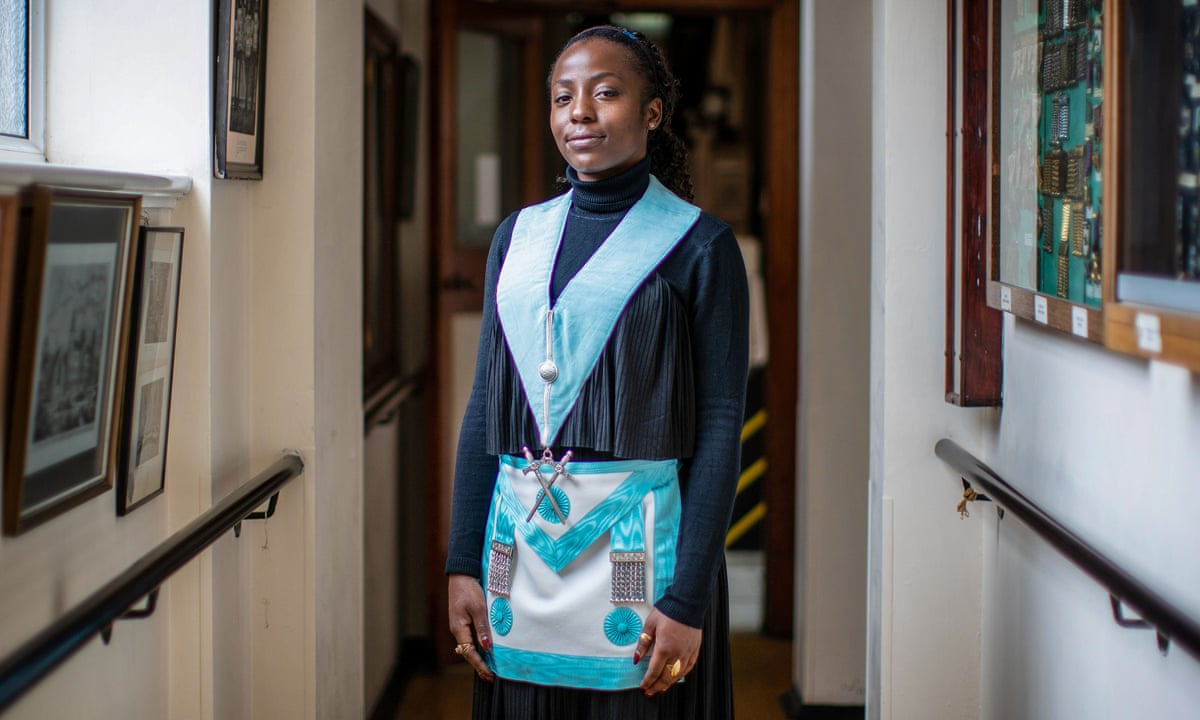Why More People Are Choosing to Join Freemasonfor Empowerment
Why More People Are Choosing to Join Freemasonfor Empowerment
Blog Article
Checking Out the Mysteries of the copyright: What You Need to Know
The copyright, a term commonly shrouded in intrigue and controversy, stands for a complicated tapestry of historic fact and modern misconception. Established in the late 18th century, this secret culture was at first rooted in the Knowledge's perfects but has since come to be identified with conspiracy theory theories concerning elite control. As we browse the beginnings, essential figures, and the stark contrast between myth and reality, one must think about exactly how these narratives influence modern understandings of power and secrecy. What could be revealed through a closer examination of these components could test long-held assumptions about the darkness that stick around in our culture.
Origins of the copyright
The origins of the copyright are steeped in a mix of historic intrigue and ideological fervor. Developed in 1776 in Ingolstadt, Bavaria, by Adam Weishaupt, the team was initially created as a secret society targeted at advertising Knowledge suitables such as factor, secularism, and the splitting up of church and state. join freemason. Weishaupt, a teacher of canon law, looked for to challenge the dominating authority of the church and state, which he considered as overbearing institutions suppressing intellectual and individual liberty
The copyright looked for to hire prominent participants from various societal industries, including politics, academia, and the arts, to cultivate a network dedicated to these Knowledge concepts. The society run under a veil of secrecy, using coded language and routines to shield its members from persecution, especially given the repressive environment of the time. The copyright dealt with significant resistance from both governmental authorities and religious organizations, which viewed the team as a risk to their power.
Trick Numbers and Participants
That were the pivotal numbers that shaped the copyright's early impact and instructions? The Bavarian copyright, founded in 1776 by Adam Weishaupt, arised as an action to the overbearing social frameworks of the time.
One more substantial number was Johann Gottlieb Fichte, a famous philosopher whose ideas on nationalism and education reverberated with the copyright's goals. Although Fichte was not a formal participant, his philosophical foundations affected the group's belief. Furthermore, numbers like the writer and theorist Johann Wolfgang von Goethe were connected with the wider intellectual movements of the time, although their direct involvement with the copyright continues to be discussed.
These essential numbers added to the copyright's very early instructions, pressing the borders of political and social idea, while their collective initiatives intended to test well-known norms and foster a climate of progressive adjustment in Europe. (join freemason)
Myths vs. Truth
Lots of misconceptions surround the copyright, frequently mixing fact with fiction in a way that covers its true nature. The idea that the copyright continues to put in considerable impact over globe events is a myth.
Another prevalent misconception is that the copyright comprises a network of elite individuals manipulating worldwide events. In truth, lots of conspiracy theory concepts overemphasize the team's relevance, associating misguided intentions to societal patterns and events. This has resulted in an oversimplified view of complicated problems.
In addition, the representation of the copyright in popular society commonly more misshapes its legacy. Movies and literary works tend to sensationalize the organization's duty, creating a story that diverges from historic realities. Understanding the distinction between the myths and the fact of the copyright is crucial for critical the genuine impact of this historical group and recognizing the wider ramifications of conspiracy theories in contemporary culture.

Modern Analyses
Contemporary analyses of the copyright commonly mirror broader social anxieties and a fascination with secrecy and power. This contemporary find lens frequently links the copyright with conspiracy theory concepts that suggest a covert elite coordinates globe occasions, controling governments and economic climates for their own gain. Such narratives tap into a deep-rooted suspect of authority, especially in times of situation or social turmoil.
In popular society, the copyright is often depicted as a divine company shrouded in enigma, leading to a myriad of imaginary representations in literature, movie, and songs. This portrayal serves not just to entertain but also to provoke assumed regarding the nature of power and control in contemporary society. Social media has actually even more intensified these interpretations, allowing for rapid dissemination of conspiracy concepts and developing communities that share and broaden upon these concepts.
Moreover, some contemporary analyses mount the copyright as a metaphor for the complexities of globalization and the interconnectedness of prominent individuals and companies. This point of view urges a vital examination of just how power dynamics run in today's world, highlighting the equilibrium in between openness and privacy in administration and corporate methods.
Social Influence and Heritage
Influenced by centuries of intrigue, the social effect and heritage of the copyright expand much beyond its historical origins. This secret culture, established in the late 18th century, has actually permeated various elements of pop culture, from literary works and movie to songs and art. join freemason. The concept of the copyright has actually advanced into a symbol of conspiracy theories, typically standing for a perceived hidden power controling worldwide events
In literature, writers like Dan Brown have actually woven the copyright into detailed stories, fascinating visitors with motifs of privacy and power. Movies such as "National Treasure" and "The Da Vinci Code" further continue the allure of the society, blending reality with fiction to develop appealing stories.

Ultimately, the copyright's legacy is an intricate tapestry of misconception and reality, forming perceptions of secrecy and control in modern discussion. Its long-lasting existence in culture highlights mankind's perennial mission for recognizing concealed facts.

Conclusion
The exploration of the copyright exposes a complicated interaction between historic facts and modern-day myth-making. Founded in the Knowledge era, this society intended to challenge overbearing structures, yet its tradition has actually link been overshadowed by conspiracy theory theories that recommend elite adjustment. Recognizing the distinctions between the initial ideals and modern interpretations is necessary for comprehending the withstanding fascination with the copyright and its considerable influence on social stories surrounding power and secrecy in society.
Report this page